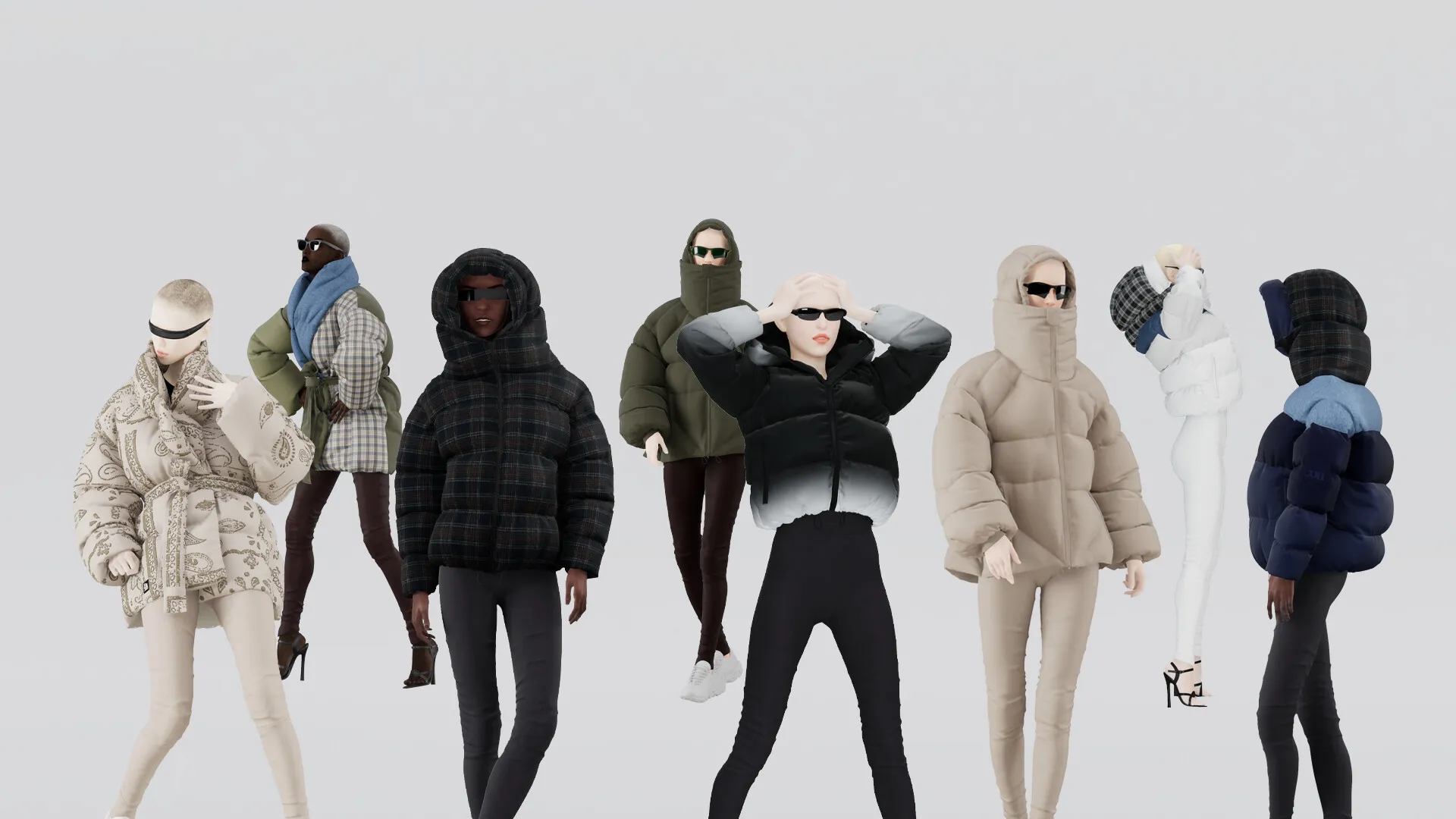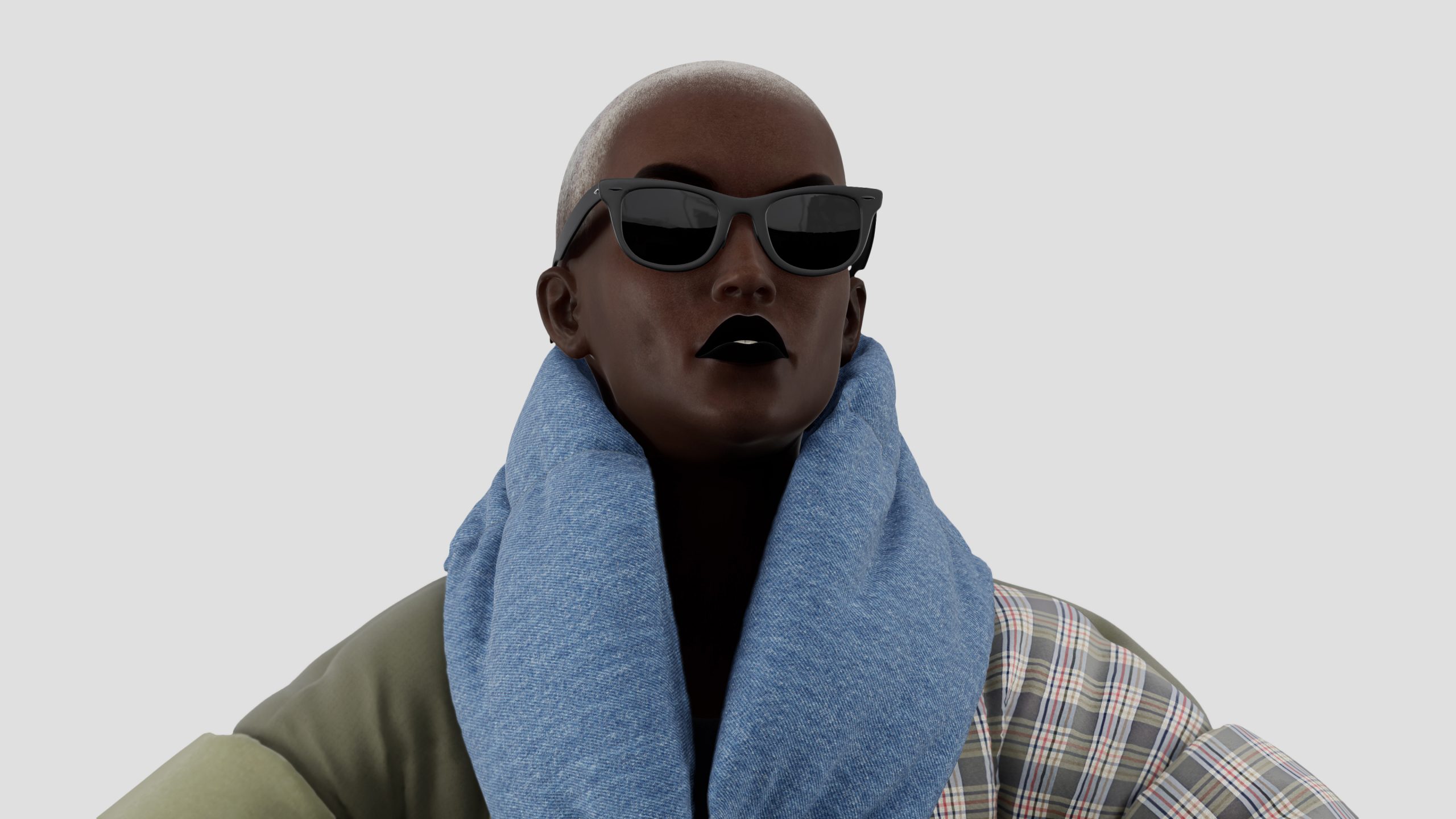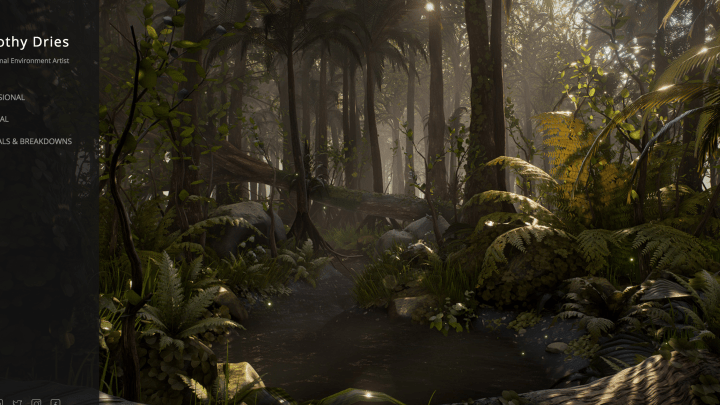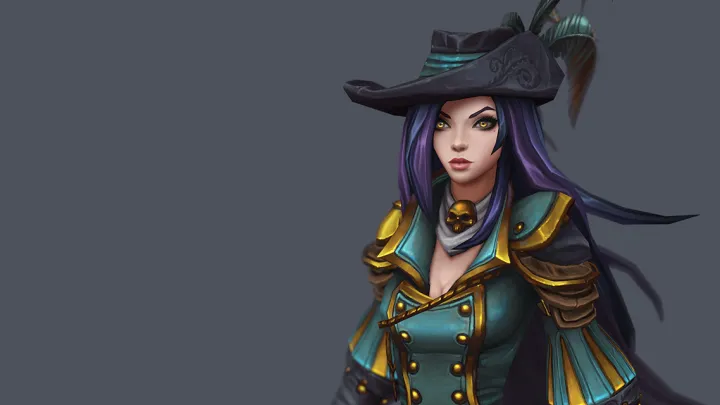Creating a Virtual Fashion Show: Interview with TwinOne’s
Giovanni Visai
With their cutting-edge designs and modern media coverage, one might be surprised to learn that fashion shows have existed in some form since at least the late 1800s. From print newspapers to television and now the internet, designers have continually embraced new technologies that help them share their designs. A new challenge emerged for the industry in 2020 when in light of the global COVID-19 pandemic, traditional in-person means of both marketing and production were no longer a sustainable activity. Virtual-first events like Anifa Mvuemba/Hanifa’s 2020 Instagram debut for the Pink Label Congo fashion collection, and the VR-based The Fabric of Reality show by RYOT, were early events that explored the possibilities of virtual fashion shows.
For this interview, we spoke with TwinOne‘s Giovanni Visai about the company’s recent collaboration with Bacon Clothing to create a completely virtual fashion show using realistic digital garments. The Bacon’s Version show, presented at Milan Fashion Week in February 2021, employed Unreal Engine’s real-time rendering capabilities to give the creative team continual and efficient feedback. We asked Giovanni about the experience of using this digital pipeline to produce a fashion show, and more broadly how he thinks digital will continue to disrupt the industry in new and exciting ways.
Had you worked on anything comparable to the Bacon’s Version Virtual Fashion show before?
With TwinOne we started an R&D process two years ago. Our goal was to use real-time technologies to reduce rendering time, in favor of a more sustainable process with the creative team at the center. We immediately realized that the fashion industry, more than others, would benefit from these new technologies. We started to experiment internally, using different flows and techniques and thinking about how to help the fashion sector digitalize the entire creative and prototyping flow. Bacon’s Version was our chance to put what we learned into practice.
Did TwinOne’s unique digital pipeline have a creative impact?
Of course! During the production of Bacon’s Version, we first helped the fashion designer with the development of the entire collection by transforming the long and expensive prototyping phase into a sustainable, fully digital environment. TwinOne’s goal is to put the creative person at the center of the whole process. We are able to work side by side with designers, accompanying them throughout the creative process, favoring a pre-visualization of their work, in real-time, at very high quality. This applied not only to the product, but also to the complexity of the whole creative vision, promotional content, marketing campaign, and, more generally, the visualization of the final image in all its characteristics of composition and creative direction.
What was your biggest learning experience from the Bacon’s Version project?
The fashion industry is a fascinating world of colors, ideas, and incredible craftsmanship. But the processes that bring clothes to the window are no longer sustainable and need to be updated. The transition to digital is a concrete answer to these issues: apart from lowering prototyping costs, it can make the production of a collection sustainable and almost zero impact, without altering the established creative processes at the base of the realization of a product.
What are some of the biggest technologies that you see disrupting the field today?
The shift in content production from a mostly analog method to a completely digital one is having a major impact within the fashion industry, especially in these exceptional times we are living. Real-time can represent a real game-changer thanks to the speed of generation of a large number of outputs and, above all, to the interactive nature that distinguishes it, both in the process and in the outputs that it generates.
For readers who might be interested in pursuing a career in digital fashion, where do you suggest they get started?
If you are interested in the digital side of fashion, the knowledge of software like Clo3d or Marvelous Designer is key. Then you can start to transfer all your knowledge into the digital stream.
The future is digital and the demand for creative figures with strong digital skills in the fashion industry is bound to grow irreversibly.
What sort of feedback did you get after the Bacon’s Version project was presented with Milan Fashion Week?
The project went very well! It has been relaunched by several online websites, important Italian newspapers, and TV channels – the three most important Italian broadcasters have opened or closed their reports on the Milan fashion week with Bacon’s Version virtual fashion show. It aroused a lot of interest and curiosity: many people wanted to know how we got to that result, what tools we used, how long it took. Some even wondered what it was….we certainly shed light on the possibilities of an all-digital production.
Real-time rendering, and Unreal Engine in particular, represents a point of no return for 3D
productions.
The experience gained in the video game industry has significantly raised the quality level of content produced with this technology to such an extent that it is now used in the world of film production. This can only be an important signal for all industries that are beginning to approach a completely digital production.























